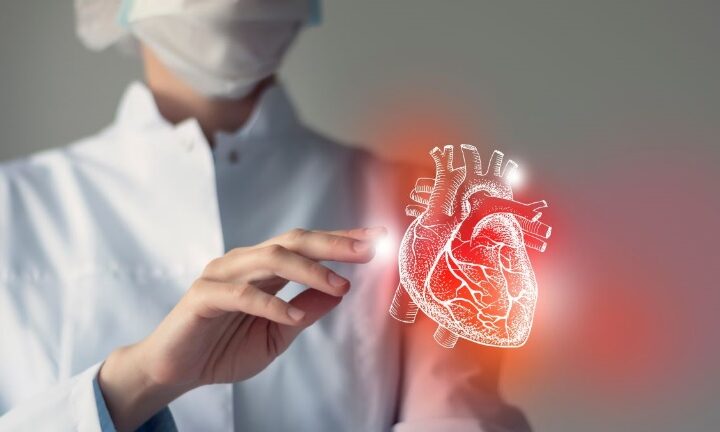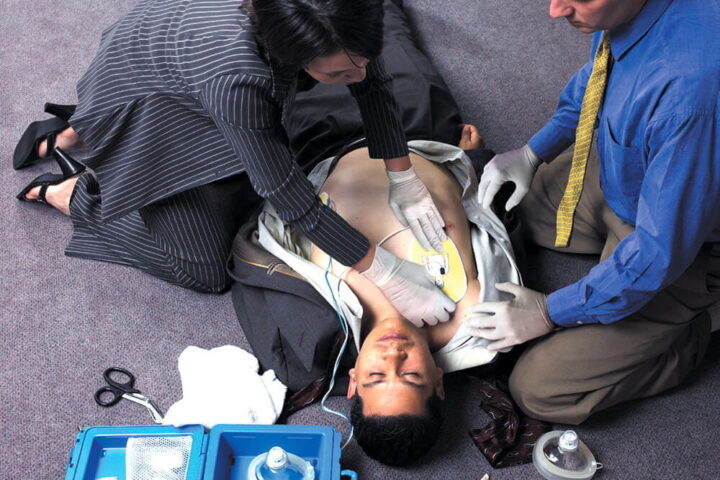Strokes are another significant health concern for women, and recognizing the signs and symptoms is crucial for early intervention and treatment. A stroke occurs when blood flow to the brain is interrupted, either by a blockage (ischemic stroke) or bleeding (hemorrhagic stroke).
One of the key factors in stroke prevention is controlling high blood pressure, as hypertension is a leading risk factor for strokes. Other risk factors include smoking, obesity, diabetes, high cholesterol, and a sedentary lifestyle.
It’s essential for women to be able to recognize the signs of a stroke, which can include sudden numbness or weakness in the face, arm, or leg, especially on one side of the body, sudden confusion or trouble speaking or understanding speech, sudden trouble seeing in one or both eyes, sudden trouble walking, dizziness, loss of balance, or coordination, and a sudden severe headache with no known cause.
If any of these symptoms occur, it’s essential to seek immediate medical attention. Time is of the essence when it comes to treating strokes, and early intervention can significantly improve outcomes and reduce the risk of long-term disability.
What’s Good for Your Heart is Good for Your Brain
If you follow health news, you know there are plenty of articles and tips about how to be heart-healthy. That’s especially true during February, traditionally known as “Heart Month.”
But maybe it should be heart and brain month! You might not realize it, but those tips to improve the health of your heart are also good for your brain.
Dr. Tina Burton, avascular neurologist says, “Our heart and brain are tightly linked. A healthy heart translates to a healthy brain.” But how?
The heart and brain connection
There is an analogy that is often used that compares the brain to the central processing unit (CPU) of a computer. A computer relies on that CPU to function. It is responsible for different types of memory, all the data, and the processes the computer performs.
When it comes to the body, the brain is like that CPU. It holds the information and controls the performance of the body.
But a computer can’t run without electricity. And in this analogy, you can think of the heart as that power source for the brain. It is responsible for pumping oxygen-rich blood to the brain through its many blood vessels. Without it, the brain would not work. So, it’s not hard to understand that what is good for the heart is good for the brain too.
Dr. Wen-Chih (Hank) Wuis a cardiologist and director of Wellness and Prevention, Dr. Wu says, “Both the heart and the brain share vascular risk factors, so what’s good for your blood vessels are good for both the heart and the brain.”
Healthy Heart and Healthy Brain Tips
So, what can you do to keep your heart and brain healthy and strong?
1. Take the seven steps: Dr. Wu tells us there are seven steps to a healthier heart. Those steps include managing your blood sugar, cholesterol, and blood pressure, along with exercise, eating right, maintaining ahealthy weight, andnot smoking.
2. Get your sleep:Sleepplays an important role in your health. The Centers for Disease Control and Prevention recommends at least 7 hours of sleep each night.
3. Manage your stress. Stress is a normal part of everyday life for many. But when that stress is long-lasting, it can begin to impact your overall health and take a toll on your well-being. But there are things you can do tomanage that stress. Taking amindful approachto life can be a powerful factor in helping to manage stress and feel your best too.
Living a healthy lifestyle doesn’t have to be complicated. Focus your efforts on those habits that have been proven to work, and you’ll reap the benefits with a healthier heart and brain, and a longer, happier life.
Every year, 800,000 people experience strokes, according to the Centers for Disease Control and Prevention. One way you may be able to avoid becoming another stroke statistic is by keeping your stress and anxiety under control.



